The Scanlon Foundation’s annual Mapping Social Cohesion report found widespread negative feelings towards immigrants from China. It has implications for how Australia discusses matters involving China and Chinese people as there may be unintended consequences. Further research is urgently needed to understand the cause of these negative sentiments and how to address this complex problem.
The year 2020 was one that many Chinese Australians will not forget, and not just because of COVID. A combination of widespread incidents of racism against Asian Australians, deteriorating relations between Australia and China, and public loyalty tests for Chinese Australians from elected federal representatives has created an unsettling environment for many in 2021 and beyond. It is therefore not surprising that the Scanlon Foundation decided to focus on the experience of people of Chinese heritage this year in its annual Mapping Social Cohesion report.
Survey results
In 2020, the Scanlon Foundation national survey was administered twice with 3,090 respondents in July and 2,793 in November. The data was weighted to ensure a sample that was representative of the Australian population.
In addition to the main survey, 500 individuals were surveyed on WeChat in simplified Mandarin between May and June 2020. The results from the WeChat survey paint a picture of growing apprehension and discrimination:
- 27 per cent indicated they experienced discrimination because of their appearance, ethnicity or national origin over the last 12 months. A further 20 per cent declined to answer the question, suggesting underreporting.
- 41 per cent indicated experiencing ‘much more’ or ‘more’ racism during the COVID pandemic.
- 39 per cent agreed with the statement that ‘I feel conscious / nervous in public, particularly when I’m alone’.
The main survey results showed that concerns about racism are not a figment of their imagination. Shockingly, 44 per cent of Australians surveyed in November 2020 reported having had negative feelings towards immigrants from China. Unfortunately, no comparable data has been previously collected, making longitudinal analysis difficult.
There was also a divergence in experience and concern about discrimination between Australians born in Asia and those born elsewhere. The main survey results in November found 55 per cent of those born in an Asian country were of the view that racism was a very big or fairly big problem, compared with 37 per cent of those born in Australia and 35 per cent born in the United Kingdom and Ireland. A similar divide emerged over concern about COVID-related discrimination in July with 55 per cent of those Australians born in Asia concerned compared to 30 per cent of those born in Australia and 19 per cent of those born in the United Kingdom and Ireland.
These findings were a stark contrast to the rest of the report that indicated no deterioration in the sense of belonging and continuing optimism about the future. The report indicates a level of cognitive dissonance, with Australians appearing to be strongly supportive of multiculturalism (84 per cent in November 2020) and migration from many different countries (74 per cent in November 2020), while almost half had negative attitudes towards immigrants from specific countries, including Iraq, Sudan, Lebanon, and China.
What can we do?
These results should prompt reflection on wider public perceptions about individuals with Chinese cultural backgrounds. Despite repeated statements by politicians, academics and commentators that we need to distinguish between individuals of Chinese heritage and China, it appears that the wider public is not doing so. If Australians are struggling to make distinctions between China, migrants from China and Chinese Australians, that has significant implications for how we conduct debates.
Repeated caveats may have little to no effect. We must be extremely mindful of how what is said might be interpreted by a general public that is not deeply engaged in the China debate and the possible consequences for Chinese Australians.
Rhetoric about COVID and the fractious debates about our relationship with China have already contributed to these negative sentiments towards Chinese migrants.
Further research is needed to ascertain the mechanisms through which negative perceptions of Australian Chinese are developing, so that we can better understand its impact, and how to redress it. Past polling indicates a third of Australians associated the transmission of COVID with Chinese communities. We also had prominent commentators such as Peter Hartcher previously recommending reducing our migration intake from mainland China. News reports about suspicion towards Chinese Australians in the public service suggest aversion is not a problem restricted to a socio-economically disadvantaged, less-educated cohort of the population; instead, it seems to extend through many facets of Australian society.
This is a challenging problem that requires urgent attention. It should not silence discussion about Australia’s relationship with China or the nature and actions of the Chinese Communist Party. Nor does it diminish the fact that Australia has done relatively well as a multicultural country and is a broadly tolerant society compared to many other Western nations.
But we must bear in mind that how we talk about China has unintended consequences on the everyday lives of more than 1.3 million Australians with Chinese heritage, and many more of East Asian heritage. Avoiding such issues or claiming they are only propaganda talking points does us no favours. On the contrary, they make it harder to have many necessary yet difficult conversations. Further, it creates an impression that the experiences of individuals only matters if they advance geopolitical interests. This is corrosive to the multicultural society we value that is a key pillar of a democratic Australia.
Image: Chen Hualin, Wikimedia Commons.


